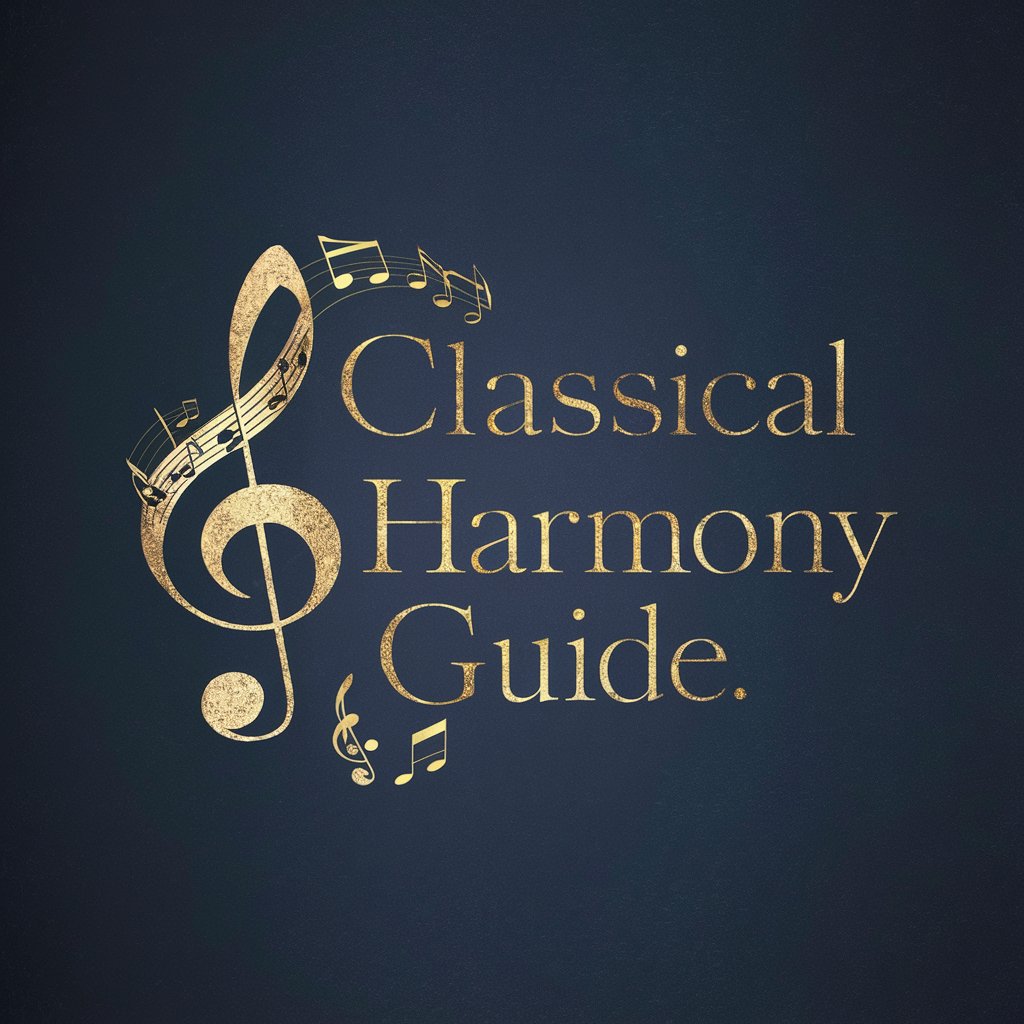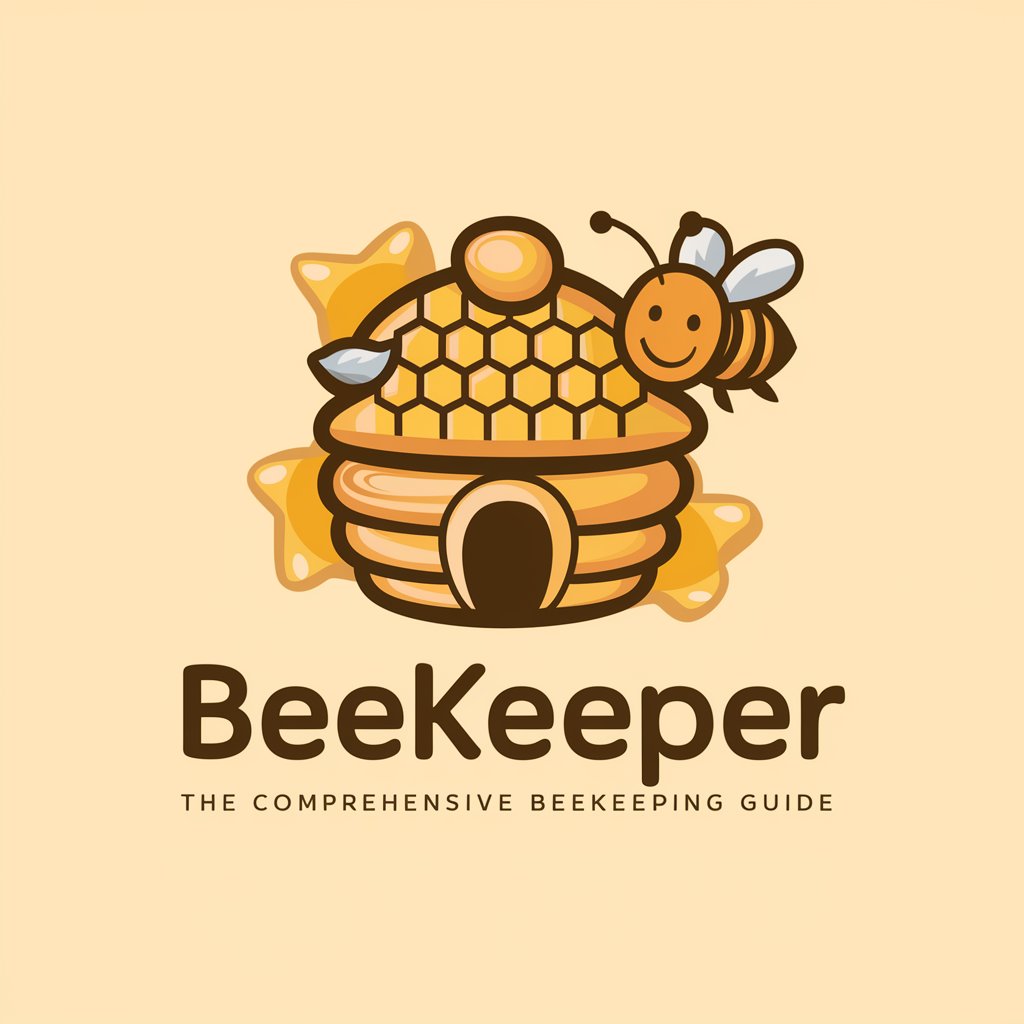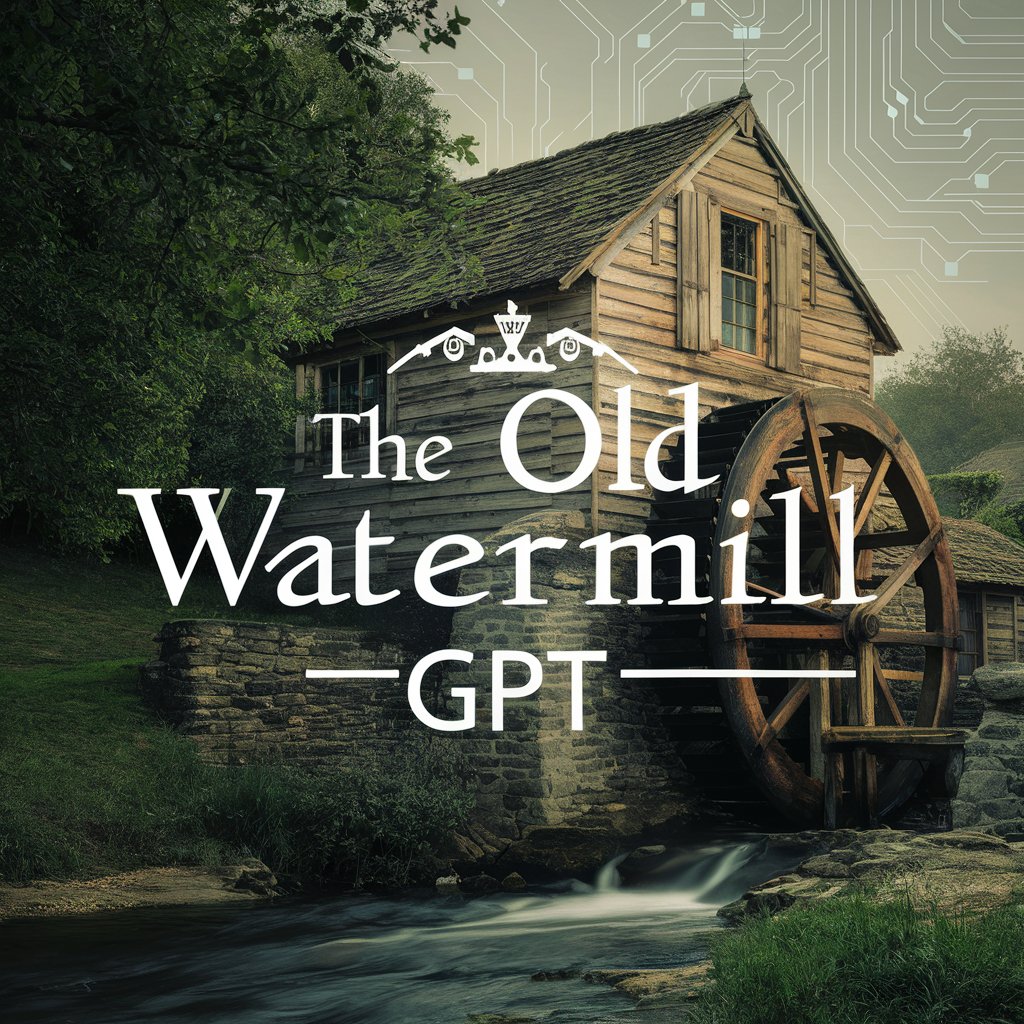Classical Harmony Guide - Classical Music Exploration

Welcome to Classical Harmony Guide, your gateway to the world of classical music.
Unlocking the Secrets of Classical Music with AI
Can you explain the historical significance of Beethoven's symphonies?
What are the main characteristics of Baroque music?
Could you recommend some beginner-friendly pieces by Mozart?
How did cultural context influence the works of Chopin?
Get Embed Code
About Classical Harmony Guide
Classical Harmony Guide is designed as a comprehensive resource for exploring and understanding the vast world of classical music, with a focus on harmony, theory, and the cultural and historical contexts that shape this genre. Its design purpose is to facilitate a deeper appreciation and understanding of classical music, tailored to a wide range of users, from beginners who are just starting to explore classical music to experts seeking to deepen their knowledge. For example, a beginner might use the guide to learn about the basic structures of classical harmony, such as chords, progression, and modulation, through simple explanations and examples from well-known classical pieces. An expert, on the other hand, might delve into detailed analyses of harmonic techniques in specific compositions or explore the evolution of harmonic language throughout different musical periods. Powered by ChatGPT-4o。

Core Functions of Classical Harmony Guide
Educational Explanations
Example
Explaining the concept of tonic-dominant relationship in Western classical music, using Beethoven's Symphony No. 5 as an example.
Scenario
A user curious about why certain classical pieces feel 'resolved' or 'complete' can learn about how composers use the tonic-dominant relationship to create a sense of closure.
Historical and Cultural Context
Example
Detailing the influence of the Enlightenment on Mozart's compositions.
Scenario
A history student researching the socio-political influences on classical music composers would find detailed accounts of how historical periods influenced musical forms and expressions.
Piece Recommendations
Example
Suggesting pieces based on user's expressed interest in Romantic era piano compositions, like Chopin's Nocturnes.
Scenario
A piano student looking for new repertoire in the Romantic style receives curated suggestions tailored to their specific interests and skill level.
Technical Term Explanations
Example
Defining and demonstrating counterpoint through Bach's Fugue in G minor.
Scenario
An amateur composer interested in complex musical textures gets an accessible breakdown of counterpoint, a foundational aspect of classical music composition.
Who Benefits Most from Classical Harmony Guide?
Music Students and Educators
Students studying music theory or history, as well as educators looking for resources to support their teaching, would greatly benefit from the guide's detailed explanations, examples, and ability to simplify complex concepts.
Classical Music Enthusiasts
Individuals with a passion for classical music, looking to deepen their understanding and appreciation, will find the guide's insights into harmony, context, and recommendations invaluable for discovering new pieces and composers.
Amateur Musicians
Amateur musicians interested in classical music composition or performance can use the guide to improve their technical knowledge, explore repertoire suggestions, and understand the historical context behind the pieces they play.

How to Use Classical Harmony Guide
Start Your Journey
Access a comprehensive classical music exploration tool without the need for signing up or subscribing to premium services. Begin at yeschat.ai for an immediate, cost-free experience.
Identify Your Interest
Consider what you're looking to learn or explore, whether it's understanding classical harmony, finding piece recommendations, or studying composers and their historical contexts.
Engage with the Tool
Utilize the chat interface to ask specific questions about classical music. Be as detailed as possible to receive tailored, in-depth responses.
Explore External Resources
Follow recommendations for listening to recordings or watching performances to deepen your understanding and appreciation of classical music.
Practice and Apply
Apply the insights and knowledge gained from your interactions to your music studies, listening habits, or discussions with others.
Try other advanced and practical GPTs
JavaScript Solutions for Every Client Need
Empowering JavaScript solutions, powered by AI

GameStop meaning?
Elevate Your Research with AI

Yol Yardım Acil
Your AI-powered Roadside Companion

WP Fusion
Sync WordPress with Your CRM

PARROganT Teacher
Learn with Attitude

Teacup meaning?
Empowering insight with AI precision.

Beekeeper
Empowering beekeepers with AI-driven insights

The Old Watermill meaning?
Unlock Insights with AI

Au Jardin Des Sans Pourquoi meaning?
Exploring Beyond the Why with AI

Winky: The Golden Doodle
Tail-wagging Pet Care Insights, AI-powered!

Career Craft
Empowering Your Career Journey with AI

marlie meaning?
Unlock insights with AI-powered precision.

Frequently Asked Questions about Classical Harmony Guide
What can Classical Harmony Guide help me learn?
It assists in understanding classical music's intricacies, including harmony, composition techniques, historical context, and analyses of works by various composers.
Is this tool suitable for beginners?
Absolutely, it's designed to cater to all levels of classical music enthusiasts, from beginners to experts, with explanations tailored to the user's level of understanding.
Can I get recommendations for classical music pieces?
Yes, based on your preferences and interests, Classical Harmony Guide can recommend pieces that align with your taste or introduce you to new compositions.
How does the tool incorporate cultural and historical context?
It provides background information on composers and pieces, situating them within their historical and cultural milieu to enrich your understanding of their music.
Can Classical Harmony Guide help with academic research?
Definitely. It offers in-depth analyses, composer studies, and context that can support academic writing, presentations, and research projects in musicology.
